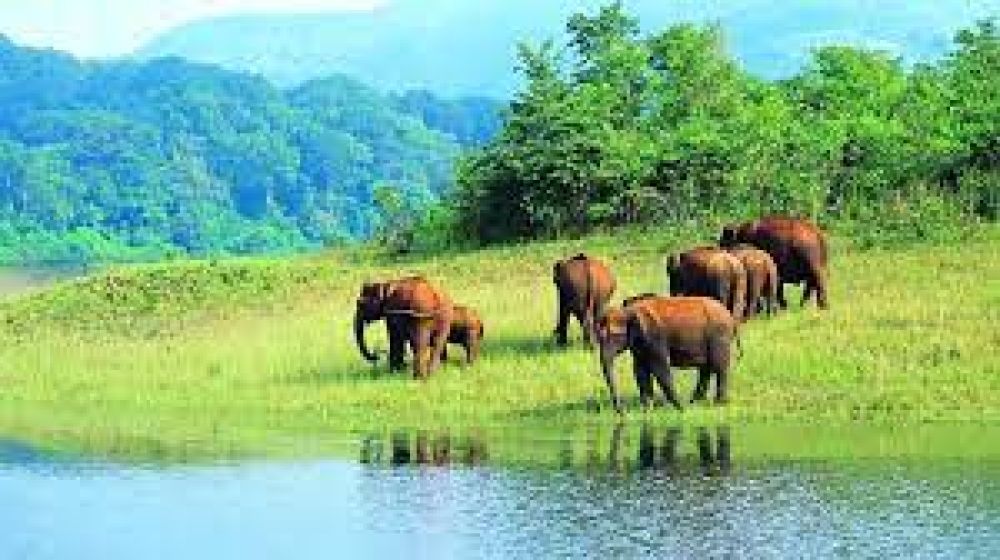

The serene and picturesque Rajbari National Park, nestled in Dharmanagar in the northeastern Indian state of Tripura, has not always been on the mainstream tourism radar. The park, historically known as Rajbari Wildlife Sanctuary, was initially a hunting ground for the local royalty. With its lush forests, diverse wildlife, and the historical Rajbari palace (from which the park gets its name), the region has a rich cultural and ecological heritage.
Tourism in Rajbari National Park started gaining momentum in the latter part of the 20th century as conservation efforts increased and people became more interested in eco-tourism. The sanctuary was officially designated as a protected national park in the early 2010s, which sparked a new wave of interest among nature enthusiasts and wildlife photographers. Local authorities have since worked on developing infrastructure to support sustainable tourism and preserve the park's natural beauty and biodiversity.
In recent years, there is a visible shift towards sustainable and responsible tourism practices in Rajbari National Park. Visitors are more conscious about minimizing their carbon footprint and are engaging in conservation activities. Moreover, the Tripura government's focus on improving connectivity and infrastructure has made access to the park easier for tourists.
Adventure tourism also is gaining popularity, with more trekkers and nature lovers drawn to the offbeat paths and scenic beauty of the park. With the world increasingly embracing outdoor and wellness travel post-pandemic, destinations like Rajbari National Park offer the perfect blend of tranquility, natural wellness, and adventure for the modern traveler.
Tourism authorities in Tripura are also leveraging digital platforms and social media to promote the park's attractions, engaging younger audiences and raising awareness about the region's natural heritage. With these efforts, Rajbari National Park is poised to cement its place as a key destination for eco-tourism in India's Northeast.